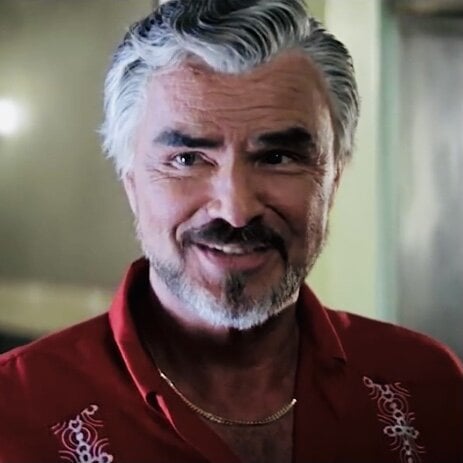There was no finished script or even an ending and a key cast member became fatally ill during the production. Three decades after the release of the landmark Hollywood thriller, the cast and crew look back at the film’s chaotic creation and reflect on the legacy of the instant classic that almost fell apart
The Fugitive TV show ran from 1963 to 1967.
We are further away from the Fugitive movie, than the movie was from the end of the TV show…
🤯
Yep. That’s how time be working.
I don’t see how that’s mind blowing in any way, but go for it.
Loved watching the movie with the Director’s commentary track. That’s what’s missing from Streaming services, the extras we used to get with Physical media.
Well, that was a fantastic read. Took about an hour with looking up some of the references they make and getting deeper into a few things. Thanks for posting!
My favorite trivia for The Fugitive us how much they sent on a ‘realistic’ dummy for the scene where he falls from the dam… Money very well spent 🤣
Great article! Interviews with so many people that were part of it, such insight and irony and interesting details! Thanks for sharing!
This is the best summary I could come up with:
When Gene Siskel and Roger Ebert sat down at the end of 1993 to pick their 10 favorite movies of the year, they largely selected prestige, Oscar-bait films like The Piano, The Age of Innocence, The Joy Luck Club, and Schindler’s List.
Based on a long-running — and slyly subversive — TV show from the Sixties, the film grabs you right from the opening scene where Ford’s character, Richard Kimble, a respected doctor falsely accused of murdering his wife, escapes from police custody when his prison bus collides with a freight train.
Throughout the four-season run of the show, Kimble attempts to track down a one-armed man he saw commit the crime, while being pursued by dogged police detective Philip Gerard (played by Barry Morse).
And although much of his work didn’t make it onto the screen, it was his idea to turn a simple train derailment, as seen on the Sixties television show, into a violent shootout on a prison bus that crashes and collides with an oncoming locomotive.
They fleshed out the cast by hiring Richard Jordan as the evil Dr. Charles Nichols, Greek-American character actor Andreas Katsulas as Fredrick “The One-Armed Man” Sykes, a diverse crew of U.S. marshals (more on them later), and Julianne Moore as Dr. Anne Eastman.
Caldwell was asked to return as well, but it conflicted with her commitment to the Neil Simon Broadway play “Proposals.” Davis was also busy directing the Michael Douglas-Gwenyth Paltrow film “A Perfect Murder.” He was replaced by Stuart Baird.
I’m a bot and I’m open source!
Just my luck: I re-watched this about three weeks ago. A week later I noticed that a local rep house is running a 4K restoration of it on their big screen.
I didn’t know i wanted to know this much about that movie, that was a great read, tyvm








